10 Home Remedies To Treat Welder’s Flash Burn Eyes
Remedies that alleviate symptoms, boost eye health, and aid in recovery.
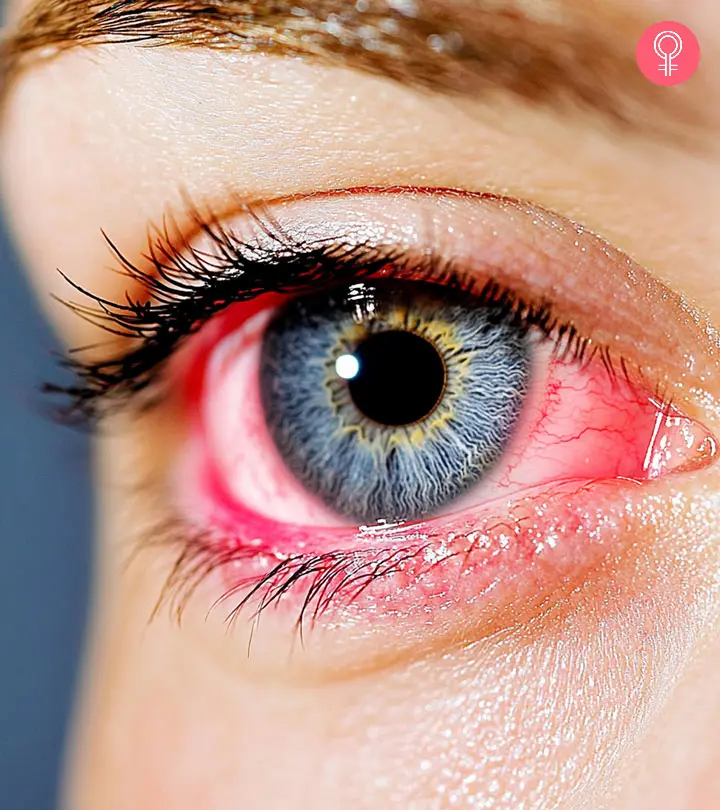
Image: Midjourney/ StyleCraze Design Team
You’ve likely noticed welders donning safety glasses and helmets to protect their eyes from welder’s flash. This painful condition occurs when intense ultraviolet light causes a flash burn on the cornea. Luckily, timely intervention and effective welder’s flash treatment can help alleviate the symptoms and protect your eyes. These remedies involve using soothing ingredients that may help reduce pain and inflammation caused by welder’s flash burn. Keep reading to learn more about the remedies and also explore the common symptoms, causes, and tips to prevent this issue. Read on to know more.
In This Article
How To Get Rid Of Welder’s Flash
- Potatoes
- Milk
- Green Tea And Chamomile Tea Bags
- Ice Pack
- Cucumber
- Rose Water
- Almond Oil
- Wet Cloth
- Banana
- Castor Oil
1. Potatoes
Potatoes offer a cooling effect and reduce inflammation around the affected eye (3). This may reduce the pain and relieve the irritation. Thus, it is a prominent home remedy for treating itchy eyes.
Potatoes also contain an enzyme called catecholase that may help in reducing water retention under the eyes. However, this effect is not scientifically proven.
You Will Need
- 1 potato
- A washcloth
- Water
What You Have To Do
- Peel and grate the potato.
- Wet the washcloth and squeeze out the excess water.
- Place the grated potato on the washcloth in two soft lumps next to each other, with a gap of 1-2 cm between them.
- Wrap the washcloth around the lumps and place it in the refrigerator for a couple of minutes.
- Place this on both the eyes for 15 minutes.
How Often You Should Do This
Repeat this 2 times a day.
2. Milk

Breast milk contains multiple components, like lactoferrini A milk protein that has anti-inflammatory, antioxidant, antibacterial, and antiviral properties. , epithelial growth factori A protein that is involved in cell growth, cell division, and signaling pathways by binding to its receptor. (EGF), oligosaccharidesi A type of carbohydrate chain that consists of a small number of simple sugars or monosaccharides. , and omega-3 and 6 fatty acids, which can relieve dryness in the eyes (4). It lubricates the eyes and relieves pain. The application of bovine milk lactoferrin was also shown to enhance the healing of the corneal epithelial layer in lab experiments (5).

You Will Need
- Breast milk/cow milk
- Cotton ball
What You Have To Do
- Dip a cotton ball in the milk and apply it directly to the affected eye.
- Leave it on for a couple of minutes.
- Wipe it off with a clean, wet washcloth or soft tissue.
How Often You Should Do This
Do this 2 times daily.
 Quick Tip
Quick Tip3. Green Tea And Chamomile Tea Bags
Green tea is an excellent source of antioxidants (tannins) that can help in treating eye problems like stye and conjunctivitis (6). Chamomile tea possesses anti-inflammatory, antioxidant, mildly astringent, and healing properties that can soothe irritated skin and treat eye disorders like blocked tear ducts, conjunctivitis, and chronic dry eyes (7). These ingredients may help ease the discomfort caused by the welder’s flash. They may also soothe minor eye infections. You may check out some home remedies for eye infections that may provide temporary relief.
You can drink green tea daily to improve your eye tear film quality. This will help you recover from welder’s flash and have healthy eyes in the long run (8).
You Will Need
- A used tea bag
What You Have To Do
- Keep the used tea bag in the fridge so that it cools down and dries up a little.
- Place this on the affected eye for 10-15 minutes.
How Often You Should Do This
Do this 2 times daily.
4. Ice Pack
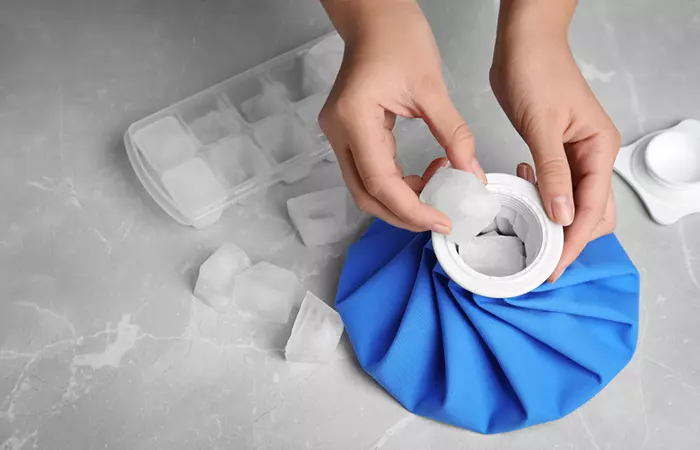
Ice packs are an amazing home remedy to reduce inflammation in the eyes caused due to welding burns (9). Studies have found that ice packs are an excellent home remedy for eye rash. They can help reduce pain and inflammation after eye surgeries (10). These properties can help relieve welder’s flash.
You Will Need
- Ice pack
What You Have To Do
- Place the ice pack on the affected eye for a few minutes.
How Often You Should Do This
Repeat as often as required.
5. Cucumber

Cucumber is an excellent cooling agent (11). It soothes the dry, itchy, and inflamed skin around the eyes and also hydrates it. Rubbing frozen cucumber slices around the eyes is one of the most popular home remedies for sore eyes. It offers deep moisturization to the affected area. This cooling effect can help reduce irritation in the eye to a certain extent.
You Will Need
- 2 thick cucumber slices
What You Have To Do
- Refrigerate the slices for a few minutes and place them on the eyes.
- Leave them on for 10-15 minutes.
How Often You Should Do This
Do this 2-3 times daily.
6. Rose Water
Rose water
has analgesic and antiseptic properties that can help in treating ocular diseases (12). Eye drops preparations containing rose water as one of the ingredients were shown to relieve conditions like dry eye and conjunctivitis (13). This simple home remedy for dry eyes also soothes the irritated skin around the eyes and reduces redness.
You Will Need
- Rose water
- Cotton balls
What You Have To Do
- Soak cotton balls in rose water and place them over your eyes.
- Keep them on for 10 minutes.
Note:
Use cold rose water for faster results.
How Often You Should Do This
Do this 2 times a day.
7. Almond Oil

Studies show that a violet-almond oil combination helped improve tear production and tear film stability in subjects with dry eyes (14). This effect may help reduce eye irritation associated with welder’s flash.
You Will Need
- 1-2 drops of almond oil
What You Have To Do
- Apply almond oil on the eyelids and under the eyes with your ring finger.
- Leave it on for as long as possible.
How Often You Should Do This
Do this 2 times daily.
8. Wet Cloth
Using a cool, wet cloth gives relief from the pain and swelling seen with welder’s flash. This home remedy works best until the cloth remains moist. However, it doesn’t yield permanent relief.
You Will Need
- A soft face towel or napkin
- Cold water
What You Have To Do
- Dip the towel in the cold water and wring out the excess.
- Place this over the affected eye and keep it on for 10-12 minutes.
How Often You Should Do This
Repeat this 2 times daily.
9. Banana

Bananas are rich sources of potassium and vitamin C. These nutrients may help heal eye fatigue and inflammation. However, there are no scientific studies to support these effects.
You Will Need
- 1/2 banana
What You Have To Do
- Peel the banana and mash the pulp so that there are no lumps.
- Apply this pulp to closed eyelids and leave it on for 3-5 minutes.
- Rinse it off slowly with plain water.
How Often You Should Do This
Do this 1-2 times daily.
10. Castor Oil
Castor oil facilitates lipid production in the eyes and also controls the evaporation of tears (15),(16). This helps soothe eye irritation associated with welder’s flash.
You Will Need
- Castor oil
What You Have To Do
- Apply a drop of castor oil in each eye.
How Often You Should Do This
Do this 1-2 times every day.
In addition to the above-listed remedies, you can also use:
- Aloe Vera: Extract aloe vera gel and apply it on the eyes for 5-10 minutes. It not only soothes your eyes but also helps reduce pain and redness as it has healing and anti-inflammatory properties (17).
- Coriander Seeds: Soak a teaspoon of coriander seeds in one glass of water overnight. Drink this water the next morning. Coriander has a cooling effect.
- Over-The-Counter Medications: Medicines like pain relievers, dilating drops, or antibiotics are usually suggested for flash burns. However, take them only under medical supervision.
The home remedies for welder’s flash treatment listed above may offer relief from pain and inflammation. However, this eye condition may require medical guidance for complete recovery. Hence, consult a doctor if the symptoms persist beyond a week. Check out the next section to learn more about the symptoms.
Here are some more tips for dealing with welder’s eye.
Symptoms Of Welder’s Flash
The flash from the welding torches, known as the welding arc, is known to seriously damage the cornea of the eye. This gives welder’s flash its name. The symptoms include (1), (2):
- Mild to severe pain in the affected eye (or both the eyes)
- Increased sensitivity to light
- Bloodshot eyes
- Blurry vision
- Watery eyes
- Irritation in the eye
- A feeling that you have got something in the eye
- Headache due to eye strain
The closest comparison to the pain of welder’s flash is when your eyes get dry and stick to your contact lens, tearing off a tiny layer of corneal cells. The cells grow back quickly, but the pain is intense when it occurs.
A study showed that between 2010-2019 the NEISS database estimated there were a total of 109,127 welding-related injuries. The injuries have decreased over the years with a high of 13,415 cases in 2010 lowering to 6,944 in 2019. Men made up the vast majority of cases (98%), which mostly affected people between the ages of 10 and 49.
What Causes Welder’s Flash?

Ultraviolet radiation from these sources can cause welder’s flash:
- Welding torch
- Direct sunlight
- Solar eclipse
- Reflection of the sun on water or snow
- Lightning
- Sunlamps (found in tanning salons)
- Other lamps like halogen lamps, photographer’s flood lamps, etc.
Under the welding conditions of this research, the effective irradiance of UVR produced during the arc welding of cast iron rose with an increase in welding current. Also, the amount of UVR emitted depended on the type of process (gas tungsten arc welding (GTAW) Diagnosis Of Welder’s Flash
Diagnosing a Welder’s flash or flash burn involves a comprehensive assessment. Your healthcare provider begins the clinical evaluation with a thorough examination of your medical history during which you provide information about the circumstances of the burn, its duration of exposure, and other accompanying symptoms.
This is followed up with a physical examination that focuses on the extent and depth of the burn. The burn can be classified as superficial, partial-thickness, or full-thickness. In addition, your healthcare provider might assess potential injuries via inhalation or other associated trauma.
They may also use diagnostic tools, such as X-rays, to look for bone or soft tissue damage. In cases of ocular exposure, an ophthalmologic examination may be necessary.
Welder’s flash needs accurate care and treatment since this ophthalmic condition is very painful. In addition to medical treatment, a few home remedies may also help to speed up recovery from this condition.
 Quick Tip
Quick TipAlthough these remedies may help ease the symptoms of welder’s flash, opt for medical treatments, ointments, antibiotics, or dilating eye drops to recover faster. Here are some more tips for dealing with a welder’s eye.
Tips
- Wash your hands before touching the eyes to administer any prescribed drops or ointments or use any home remedies.
- Take a simple pain reliever like ibuprofen or paracetamol on the first day to deal with the pain. Do not take multiple painkillers. However, you can take a homeopathic eye pain remedy called Ruta 12x safely alone or with OTC painkillers.
Note:
Consult your doctor for prescribed medications. Do not self-medicate.
- Stay indoors as much as possible to avoid the sun.
- Wear sunglasses to protect the eyes from dust and dirt. These can also help you as your eyes become sensitive to light after a flash burn.
- Avoid stressing your eyes by reading or watching television.
- Always wear protective eyewear, like safety goggles or a welding mask, while welding or even if you venture out into the sun. Use sunglasses that provide both UVA and UVB protection.
Remember that taking safety measures can help you prevent the condition altogether. Learn about them in the following section.
Prevention Tips For Welder’s Flash Burn
Here are some prevention tips that will help keep welder’s flash burn at bay:
- Never look directly at the welding arc, as even a glance may cause flash burns.
- Always use a welding helmet that has a shade filter for the type of welding you are doing.
- Always inspect your helmet for cracks or damage before using it.
- Consider wearing glasses with UV protection lenses underneath for an extra layer of protection.
Infographic: More Hacks to Relieve Welder’s Flash Burn
We hope you benefit from the natural remedies and tips mentioned in the article for dealing with welder’s flash burns. However, you can adopt more hacks for quick relief from stinging eyes. Check out the infographic below to read all about them!
Some thing wrong with infographic shortcode. please verify shortcode syntax
Welder’s flash, caused by intense UV exposure, can lead to painful symptoms like blurry vision and light sensitivity. You may use remedies like potatoes, milk, green tea, and cucumber to ease the symptoms. These ingredients are known for their calming effects and pain-relieving properties. For instance, green tea and cucumber offer relief through their anti-inflammatory and cooling properties, respectively, while bananas provide essential vitamins to help healing. Though these remedies can manage discomfort, it is important to consult a healthcare provider if symptoms are severe or persistent.
Frequently Asked Questions
Can welders flash cause blindness?
Dana Spearin, an optometrist, says, “If you are wearing the proper safety equipment, it is unlikely you will go blind. However, if you are not, you could impair your vision from welder flash if it damages the macula. This is called solar retinopathy. Welders flash usually just causes photokeratitis or sunburn of the cornea, and that typically heals within 2–7 days.”
Are welders flash permanent?
According to Spearin, ”If welders flash only results in photokeratitis, this will heal and is not permanent. If it results in solar retinopathy, it can cause permanent vision loss. Sometimes, it is mild, and at other times, it is more severe, depending on the location of the macula that is damaged.”
How long does welder’s flash last?
The cornea usually heals itself in 1-2 days. If it doesn’t, consult an ophthalmologist.
Will welder’s flash make you dizzy?
Welder’s flash is temporary damage that occurs in the eyes and does not make you feel dizzy. If you have a flash burn from welding sparks, and it is accompanied by dizziness, it is because of the welding fumes.
When should you seek medical care?
Seek immediate medical care if you experience any of the following:
• Worsening glare
• Worsening vision
• Blurry vision (not due to the eye drops or ointment)
• Seeing flashing spots or light.
Is welder’s flash dangerous?
Yes, welder’s flash, also known as arc eye or photokeratitis, is dangerous as it can cause temporary or permanent damage to the eyes and surrounding skin.
How can welder’s flash be diagnosed?
Welder’s flash is diagnosed by a doctor who will perform a thorough eye examination and ask about the individual’s work and medical history.
How to sleep with welders flash?
There are a few things you can do before you sleep to help alleviate the symptoms of welder’s flash. Use cold compresses on the eyes, take pain medication as prescribed by a doctor, and avoid exposure to bright lights.
Key Takeaways
- Welder’s flash is also known as arc eye, which is caused by a flash or light from a welder’s torch that can even damage the cornea.
- Symptoms of welder’s flash include pain in the eyes, sensitivity to light, watery eyes, and blurry vision.
- Home remedies, such as cold compress, applying green tea bags, potato juice, and milk can soothe the pain.
- Applying rose water, coconut oil, almond oil, or aloe vera gel on the skin on the eyelids and under the eyes can also moisturize skin and prevent irritation.
Discover the top 5 home remedies to treat welder’s flash and arc eye pain. Learn how to soothe the discomfort and reduce inflammation with natural ingredients with the video below. Watch it now!
References
Articles on StyleCraze are backed by verified information from peer-reviewed and academic research papers, reputed organizations, research institutions, and medical associations to ensure accuracy and relevance. Read our editorial policy to learn more.
- Willmann, Gabriel. “Ultraviolet keratitis: from the pathophysiological basis to prevention and clinical management.” High altitude medicine & biology 16.4 (2015): 277-282.
https://pubmed.ncbi.nlm.nih.gov/26680683// - Schein, Oliver D. “Phototoxicity and the cornea.” Journal of the National Medical Association 84.7 (1992): 579.
https://www.ncbi.nlm.nih.gov/pmc/articles/PMC2571692/ - Kenny, Olivia M., et al. “Anti-inflammatory properties of potato glycoalkaloids in stimulated Jurkat and Raw 264.7 mouse macrophages.” Life sciences 92.13 (2013): 775-782.
https://pubmed.ncbi.nlm.nih.gov/23454444/ - Diego, Jose L., et al. “Effect of human milk as a treatment for dry eye syndrome in a mouse model.” Molecular vision 22 (2016): 1095.
https://www.ncbi.nlm.nih.gov/pmc/articles/PMC5017541/ - Pattamatta, Ushasree, et al. “Bovine lactoferrin stimulates human corneal epithelial alkali wound healing in vitro.” Investigative ophthalmology & visual science 50.4 (2009): 1636-1643.
https://pubmed.ncbi.nlm.nih.gov/19060270// - Nejabat, Mahmood, et al. “Efficacy of green tea extract for treatment of dry eye and meibomian gland dysfunction; A double-blind randomized controlled clinical trial study.” Journal of clinical and diagnostic research: JCDR 11.2 (2017): NC05.
https://www.ncbi.nlm.nih.gov/pmc/articles/PMC5376801/ - Srivastava, Janmejai K., Eswar Shankar, and Sanjay Gupta. “Chamomile: a herbal medicine of the past with a bright future.” Molecular medicine reports 3.6 (2010): 895-901.
https://www.ncbi.nlm.nih.gov/pmc/articles/PMC2995283/ - Masmali, Ali M., et al. “The acute effect of a single dose of green tea on the quality and quantity of tears in normal eye subjects.” Clinical ophthalmology (Auckland, NZ) 13 (2019): 605.
https://www.ncbi.nlm.nih.gov/pmc/articles/PMC6462167/ - Fujishima, Hiroshi, et al. “Increased comfort and decreased inflammation of the eye by cooling after cataract surgery.” American journal of ophthalmology 119.3 (1995): 301-306.
https://pubmed.ncbi.nlm.nih.gov/7872390// - Zeng, Yuan, Yi Li, and Jian-Hua Gao. “Application of a cold patch for relieving pain after transepithelial photorefractive keratectomy.” Pain Research and Management 20.4 (2015): 195-198.
https://www.ncbi.nlm.nih.gov/pmc/articles/PMC4532205/ - Mukherjee, Pulok K., et al. “Phytochemical and therapeutic potential of cucumber.” Fitoterapia 84 (2013): 227-236.
https://pubmed.ncbi.nlm.nih.gov/23098877/ - 12. Abdul, Latif, et al. “Anti-inflammatory and antihistaminic study of a unani eye drop formulation.” Ophthalmology and eye diseases 2 (2010): OED-S3612.
https://www.ncbi.nlm.nih.gov/pmc/articles/PMC3661513/ - Boskabady, Mohammad Hossein, et al. “Pharmacological effects of Rosa damascena.” Iranian journal of basic medical sciences 14.4 (2011): 295.
https://www.ncbi.nlm.nih.gov/pmc/articles/PMC3586833/ - Saffar Shahroodi, Aniseh, et al. “Effects of intranasal administration of violet oil in dry eye disease.” Clinical and Experimental Optometry 102.6 (2019): 576-582.
https://pubmed.ncbi.nlm.nih.gov/31060104// - Goto, Eiki, et al. “Low-concentration homogenized castor oil eye drops for noninflamed obstructive meibomian gland dysfunction.” Ophthalmology 109.11 (2002): 2030-2035.
https://pubmed.ncbi.nlm.nih.gov/12414410// - Maïssa, Cécile, et al. “Effect of castor oil emulsion eye drops on tear film composition and stability.” Contact Lens and Anterior Eye 33.2 (2010): 76-82.
https://pubmed.ncbi.nlm.nih.gov/19963428// - Woźniak, Anna, and Roman Paduch. “Aloe vera extract activity on human corneal cells.” Pharmaceutical biology 50.2 (2012): 147-154.
https://pubmed.ncbi.nlm.nih.gov/22338121//
Read full bio of Vd. Naveen Sharma
- Dana Spearin is a medical optometrist with 6 years of experience. She is the co-founder of Luke Knows and graduated from the Pacific University College of Optometry.
 Dana Spearin is a medical optometrist with 6 years of experience. She is the co-founder of Luke Knows and graduated from the Pacific University College of Optometry.
Dana Spearin is a medical optometrist with 6 years of experience. She is the co-founder of Luke Knows and graduated from the Pacific University College of Optometry.
Read full bio of Shaheen Naser
Read full bio of Arshiya Syeda
Read full bio of Dipti Sharma










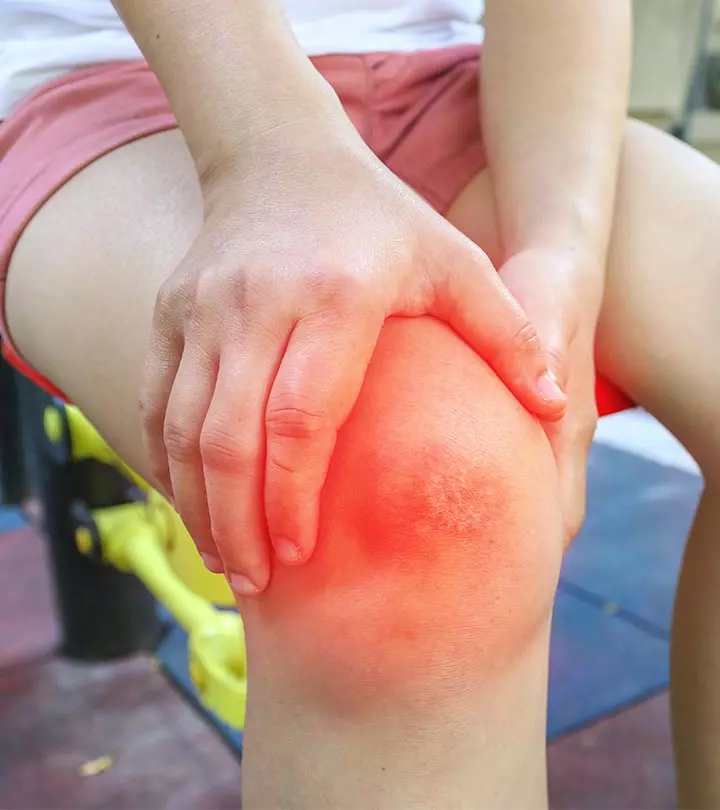


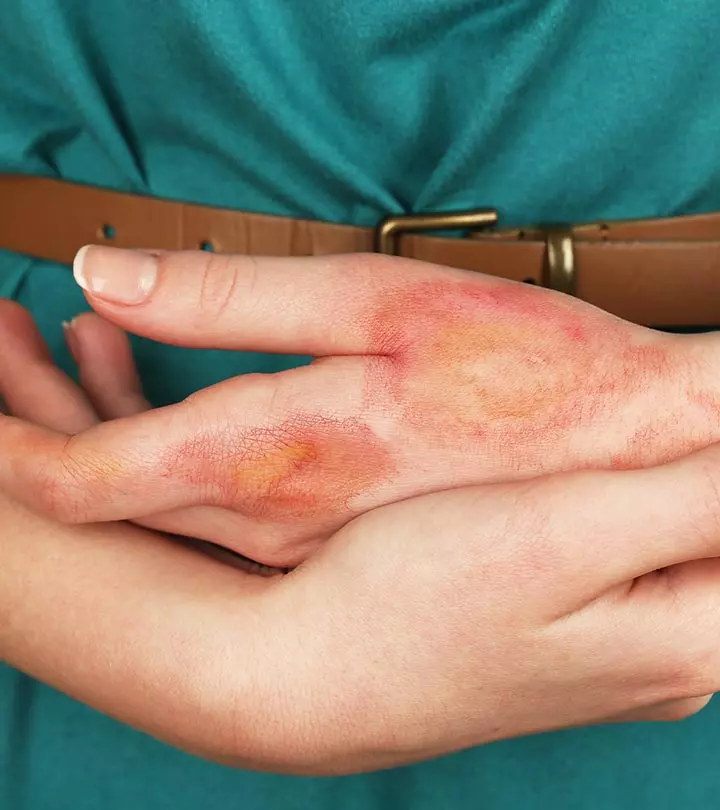








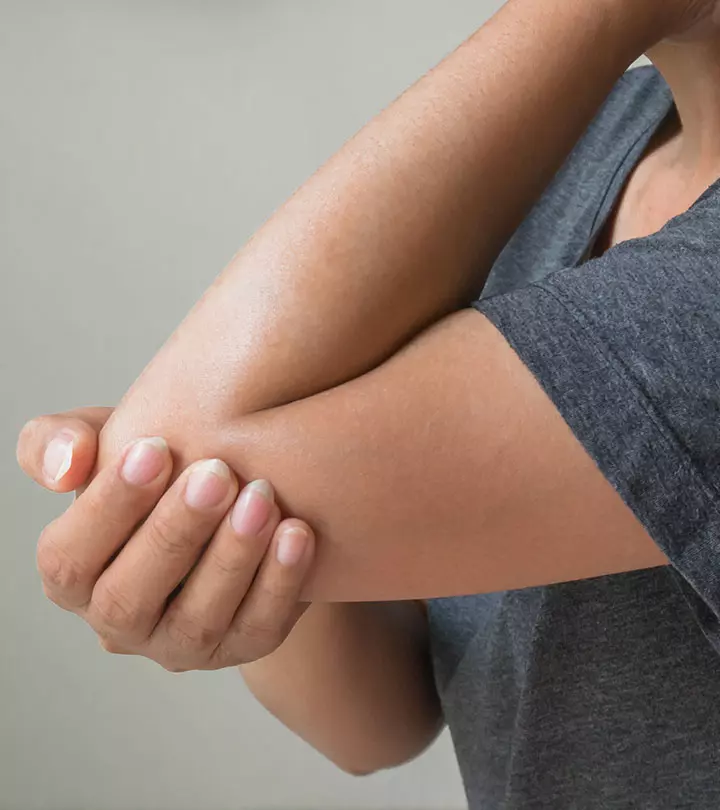
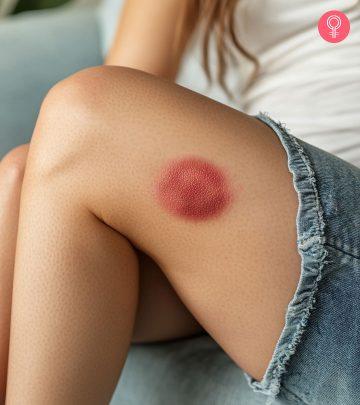

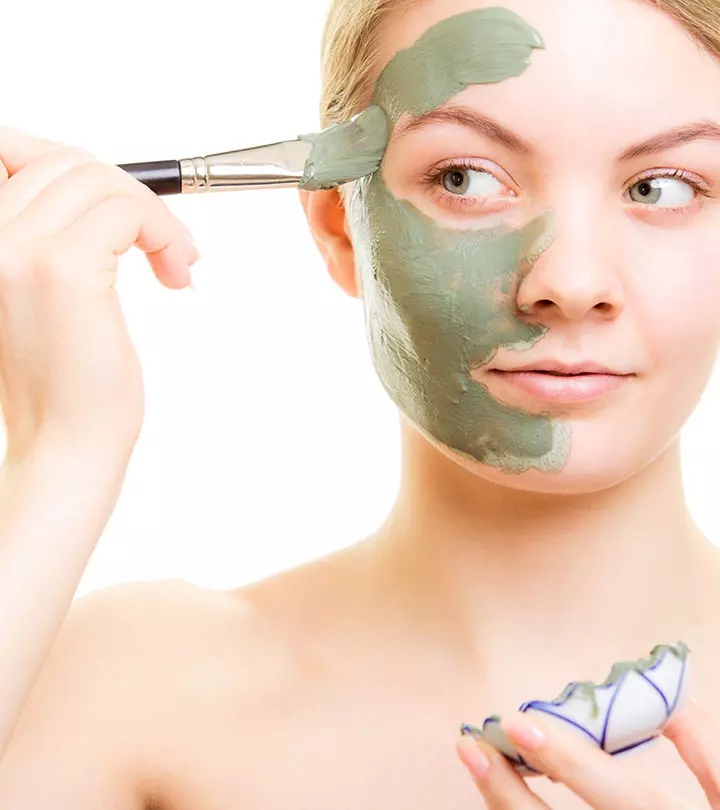
Community Experiences
Join the conversation and become a part of our empowering community! Share your stories, experiences, and insights to connect with other beauty, lifestyle, and health enthusiasts.